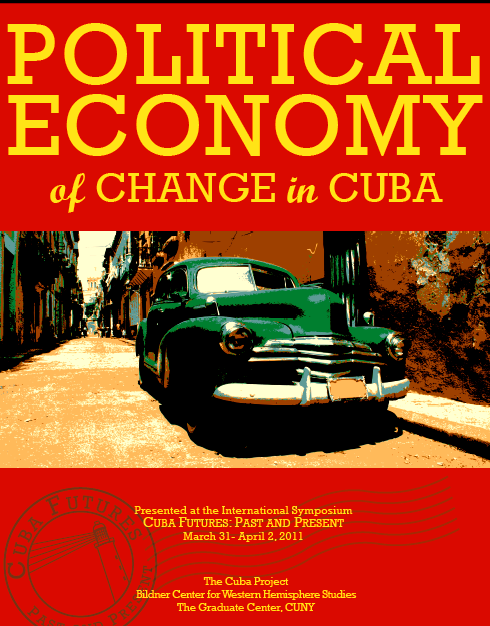By Alberto Gabriele
Introduction
This article proposes a synthetic and tentative interpretation of Cuba’s present economic perspectives. Its approach is meant to be an intrinsically dialectic one. As such, it emphasizes the diverse roles played by exogenous and endogenous, domestic and external, economic and political factors, and by their reciprocal interactions. In my view, such a methodological approach can be fruitful to analyze the development of any distinct socioeconomic formation unfolding in a unique moment in time, but particularly so in the case of Cuba, a small island whose history has been and is still shaped very strongly by its uneven relation with the US and by the weight of ideology in economic policy.
Every country’s economic trajectory is the product of the dialectical interaction of several sets of endogenous and exogenous, domestic and external factors. From the subjective viewpoint of economic policy-makers, endogenous factors are to be interpreted as those that can be shaped by their own present and future actions. Obviously, policy-makers constitute a small but very influential group of technicians-politicians. Yet, they are endowed with limited degrees of freedom, due to a host of constraints stemming not only from the external world, but also from their cooperative/conflicting relations with other branches of the government, from the contradictions and tensions internal to their own group, and from the impact of non-governmental societal forces and movements.
The latter forces and movements (whose composition and relative strength differs markedly from one country to another) can condition and affect the economic policy-making process through a number of formal and informal channels, only some of which clearly manifest themselves as belonging to the political sphere. This phenomenon can be interpreted as the endogenization of societal factors into the policy-making machine. In the case of Cuba, where no formal multiparty democracy exists but the social and cultural fabric is not monolithic, the main channel through which endogenization works is the interaction between the Party and the rest of the population.
Exogenous factors are both domestic and external. Domestic exogenous factors are shaped mainly by the natural environment and from history. At any given point in time, each country’s climate and its endowment of physical and human capital are partly due to its geographic, geological, climatic and other structural characteristics, and partly to the cumulative results of human actions carried out by domestic and external agents. For instance, the availability and fertility of arable land depends at least in part from past agricultural and urbanization policies. Human capital is the product of past and present education policies. The balance of payments is the result of the interaction of many domestic and foreign economic forces and of the policy decisions taken in the past to cope with them.
Economic, financial and political external factors, for most countries, are largely but not exclusively the product of forces beyond the control of their own government and policy-makers. In the case of Cuba, the present reality of the embargo and – more broadly – the more or less aggressive stance of the US and their allies are, from the latter’s vantage point, the result of Cuba’s resilience and foreign policy actions since the Revolution. Therefore, notwithstanding its traditional David vs Goliath relation with her powerful neighbor, the island’s ability to influence US Cuban policy stance should not be underestimated.
Continue Reading: Gabriele, CUBA CONGRESS 25 05 2016


